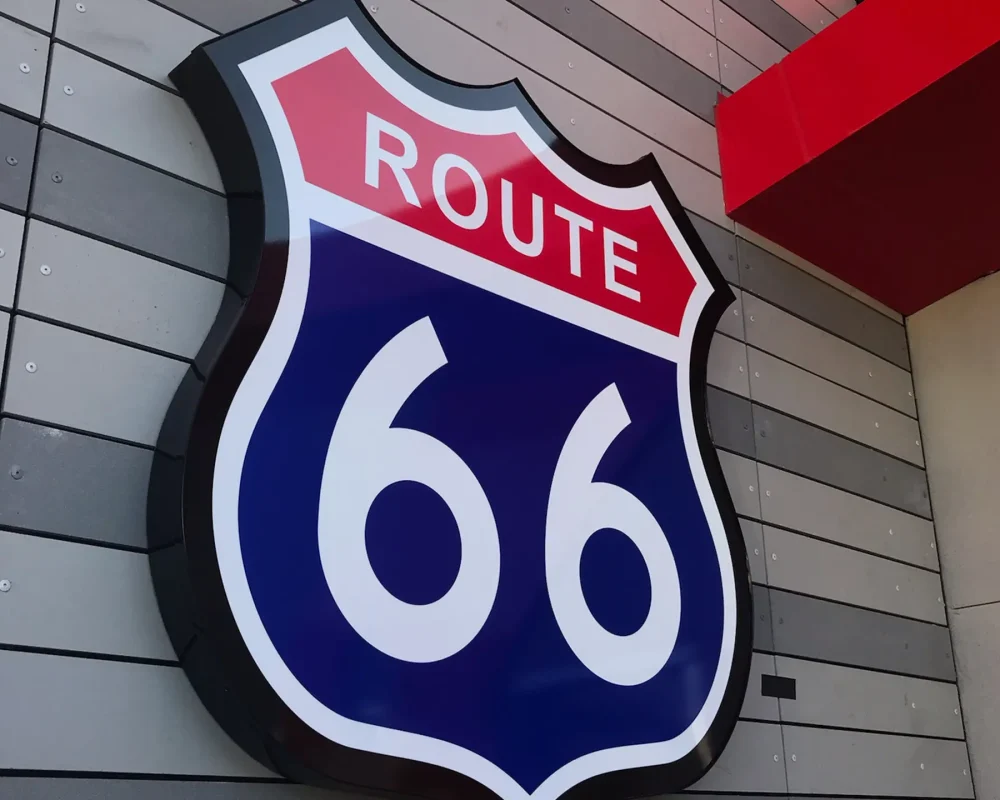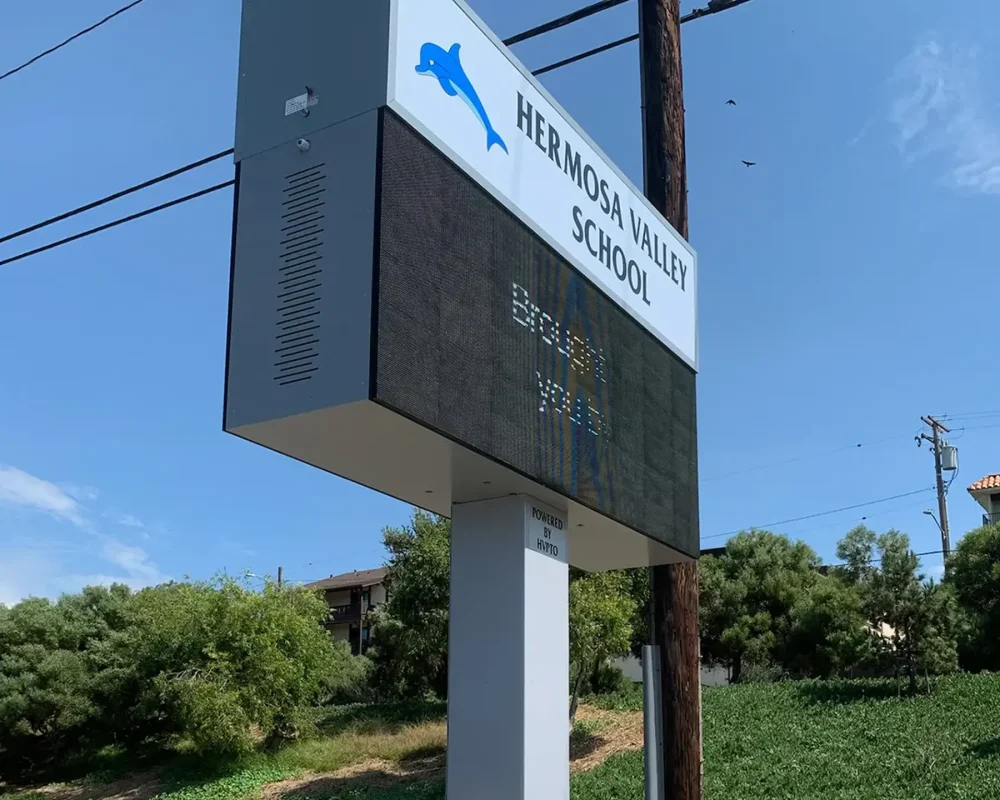The ADA (Americans with Disabilities Act) aims to remove all barriers for people with disabilities. A large group of Americans suffers from physical and visual impairment. ADA-compliant signs help ensure accessibility for those individuals. ADA compliant room signs are required for every permanent room or space in any building. Below we will discuss some of the requirements and other information you should know about ADA building signage.
ADA Room Signs
ADA signs refer to facility signage marking building rooms, spaces, or features. Generally, ADA signs are required at every doorway. Federal regulations also dictate that every permanent room or area should be marked with an identifying sign. This type of signage is needed in every public building. If you are a business and have employees, clients, or customers, you must provide standard ADA signs. Failure to do so puts you at risk of fines and lawsuits.
ADA wall signs should be mounted on the wall directly to the handle side of a door. Compliant signs are positioned here because doors are the point of entry to an area requiring visually impaired identification. It is also important to note that tactile characters on the sign should be located at a minimum of 48 inches above the floor and 60 inches maximum. In California, state requirements are that the sign height measurement is from the bottom of the braille rather than the letter baseline. Be sure to check with your current state requirements to ensure your sign placement is accurate.
Overhead ADA Signs
In some cases, ADA-approved signs will hang overhead. Federal law requires the bottom of overhead signage to be 80 inches above the floor. These signs should also have four inches max in terms of sign height. Overhead signs are typically custom ADA-compliant signs that act as design directories and wayfinding systems. For example, directions to room numbers, classrooms, stairs, parking, and other ADA directional signage are standard.
Projecting ADA Signs
Another type of ADA signage is projecting ADA signs. Projecting signs are wall-mounted signs that project themselves from the wall. Compliance regulations state that they must be a minimum of 27 inches from the floor and have a maximum protrusion of four inches into a pathway. You don’t want your signs to be hard to navigate around or get in the way of hall traffic. Signs should never interfere with or block any door function, emergency equipment, or sprinklers.
Several signs do not need to be ADA compliant. Check with your county code to ensure you are following proper protocols. You can also reach out to an ADA sign company for standard and customized signs for your business. Following these standards will protect individuals from accident or injury and you from legal responsibility. If you need more information about ADA-compliant signs, or if you need to purchase signs for your building, then please visit our website here.




